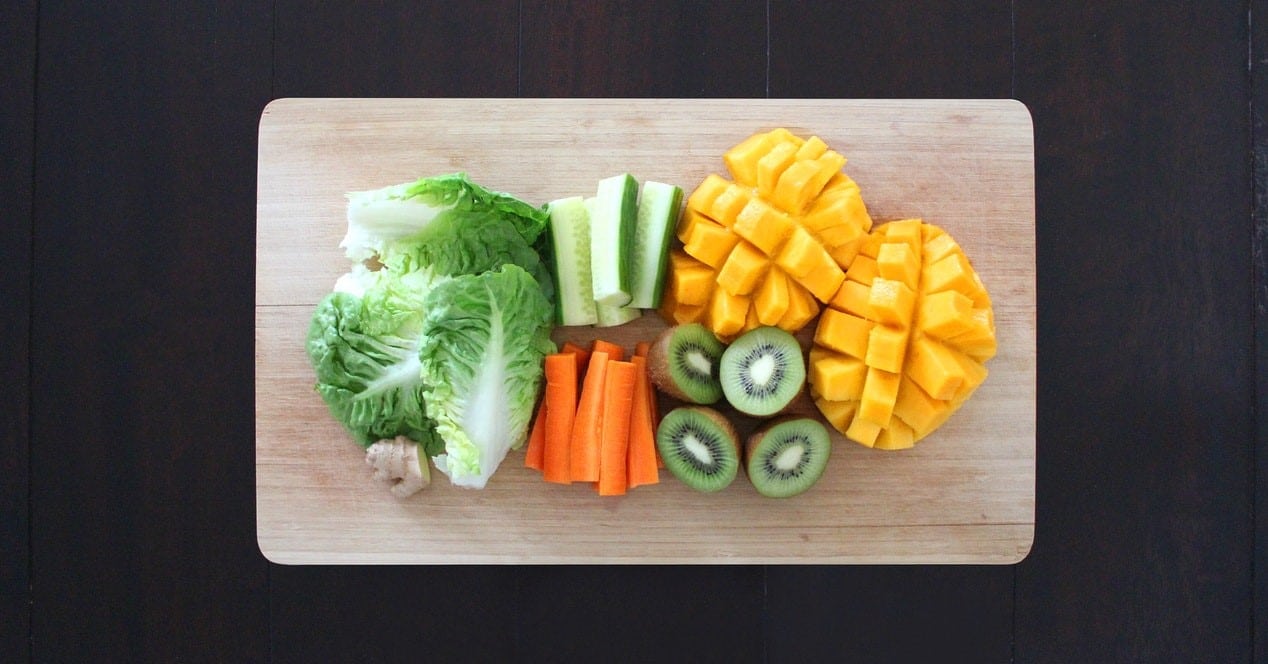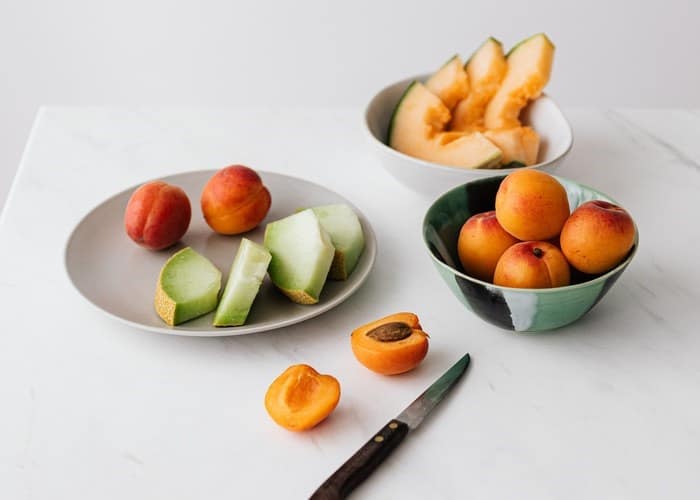
We are used to removing the skin from food, including the skin of chicken, but is it really necessary because it is harmful to health or are we making a mistake and losing the best part of each food? We will clear up doubts in the following paragraphs.
Where does this fear of the skin of food come from? And we cannot deny it, it is that many of us are ashamed to eat tomato skin, even. It is true that there are foods where the skin is clearly inedible, such as pineapple, watermelon, melon, orange, kiwi, etc. but others where we are wasting many properties of that fruit by discarding the skin.
On the other hand, it is understood that many times we remove the skin for fear of pesticides, since so many different types and so many quantities of them are often used, that no matter how much we wash the fruit and vegetables, some "poison" we end up swallowing So removing the skin also makes us drastically reduce the chances of ingesting pesticides.
So... skin yes or no?
Here we have to go step by step, and there is foods like chicken skin that it is healthy to eat, since it contains healthy fats that help take care of our heart. This is the simple part of the answer to the big question about whether or not we can eat the skin of food.
In the case of fruits, there are many peels and skins that can be reused beyond just composting for plants. For example, him Kiwi It can be eaten whole without peeling, the banana skin can be crushed and used in smoothies and cakes because it provides vitamins A, D and B vitamins.

The same thing happens with pumpkin, and if we grate it we can use it in biscuits, soups, stews, decorations, etc. It provides us with fiber, vitamin C and carotenoids, apart from potassium if we eat the pulp of its smoothie. The same goes for orange and lemon.
Potatoes don't always have to be peeled, we promise. An omelette with skinned potatoes is another world. The skin of this tuber so classic in the Mediterranean diet provides us with vitamins C, group B and very important minerals such as potassium, magnesium, iron and phosphorus. Apart from being very rich in fiber, providing flavor, improving digestion and not losing any properties of the potato.
Eggplant, cucumber, tomato and the carrot, all these go straight to the stomach and without peeling, you just have to wash them well and cook them, as in the case of the aubergine.
What about the cheeses and sausages?
Even on the subject of cheeses. If the rind is made of plastic or artificial, obviously it is not eaten, and that part must be cut, but if the rind is part of the cheese, as it happens with soft cheeses or goat cheese, then yes we can eat it all.
As for the sausages. The vast majority, especially if they are of good quality, that bark or skin will be animal skin, so we can eat it, however, if the sausage is cut by machine and was wrapped in plastic, that quote that surrounds it is not it can be eaten.
In summary, the issue of the skin of food is more a matter of taste than anything else, except on rare occasions where we must be vigilant because it is plastic or difficult to digest or we may be ingesting pesticides.